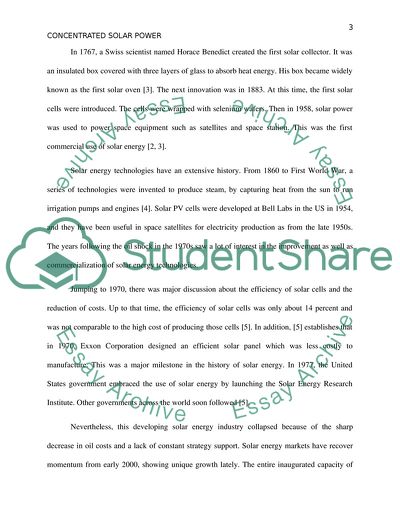Cite this document
(Innovation in Concentrated Solar Power Case Study, n.d.)
Innovation in Concentrated Solar Power Case Study. https://studentshare.org/science/1857447-concentrated-solar-power
Innovation in Concentrated Solar Power Case Study. https://studentshare.org/science/1857447-concentrated-solar-power
(Innovation in Concentrated Solar Power Case Study)
Innovation in Concentrated Solar Power Case Study. https://studentshare.org/science/1857447-concentrated-solar-power.
Innovation in Concentrated Solar Power Case Study. https://studentshare.org/science/1857447-concentrated-solar-power.
“Innovation in Concentrated Solar Power Case Study”. https://studentshare.org/science/1857447-concentrated-solar-power.


